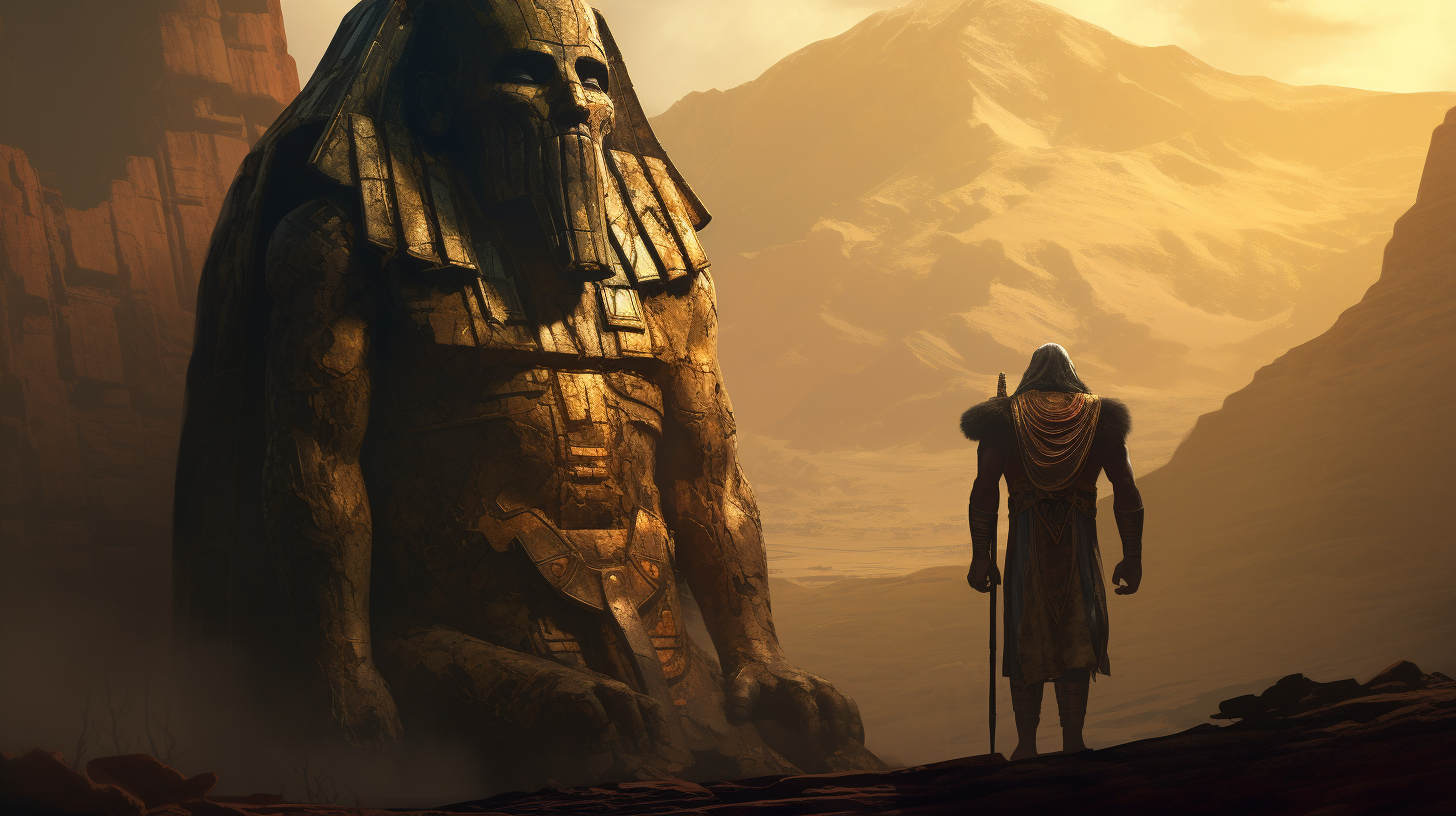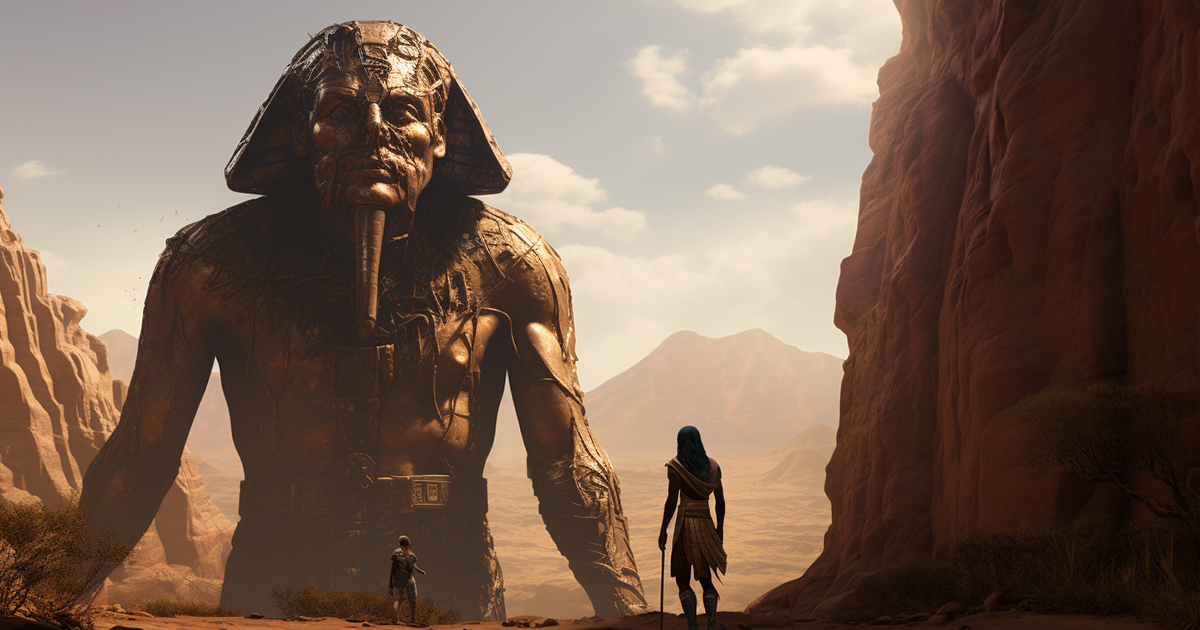Josephus Flavius, the esteemed Roman historian from 79 AD, unraveled an intriguing narrative about a mysterious race of giants that roamed ancient Egypt during the reign of King Joshua in the 13th century BC. These beings, portrayed as towering over ordinary humans with extraordinary features and thunderous voices, captured the imagination of many.
Delving into this fantastical tale, it’s essential to approach it with a critical perspective. Flavius’s accounts, steeped in the beliefs and customs of his era, may have been influenced by storytelling conventions rather than factual truths.

The possible origins of these enigmatic giants spark various intriguing theories. Some posit that these accounts could have been exaggerated tales or misinterpretations of exceptionally tall individuals. Others suggest a connection to Egyptian mythology, where giants played symbolic or religious roles rather than historical ones.
The fascination with giants transcends Flavius’s narrative, resonating in cultures worldwide and reflecting humanity’s enduring interest in these colossal figures throughout history.
While the truth behind ancient giants remains shrouded in mystery, exploring their presence in historical records offers a glimpse into the complexities of the past. As we navigate through historical depictions, we are reminded that our understanding of the past is shaped by a blend of realities and myths, inviting us to uncover new perspectives and interpretations.
